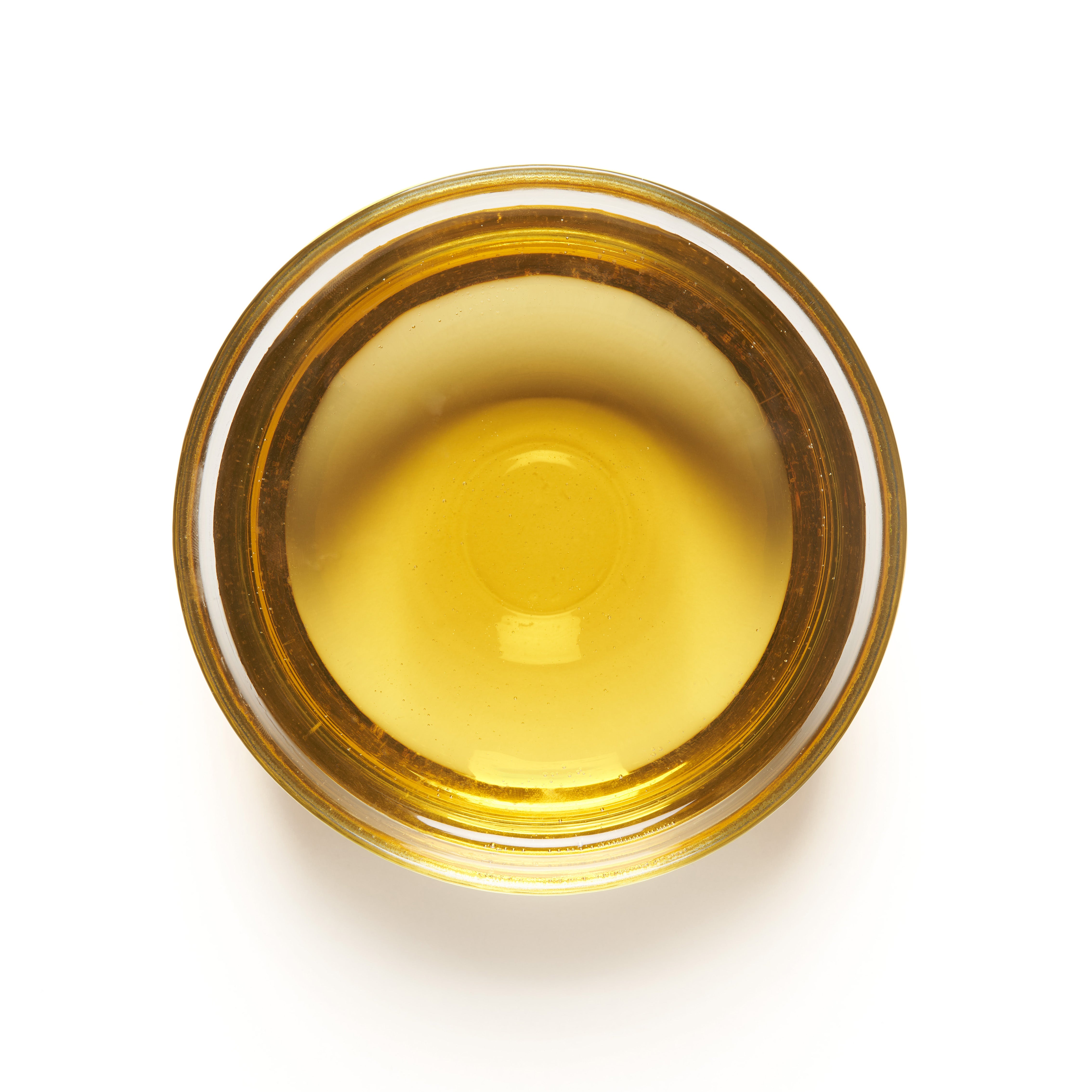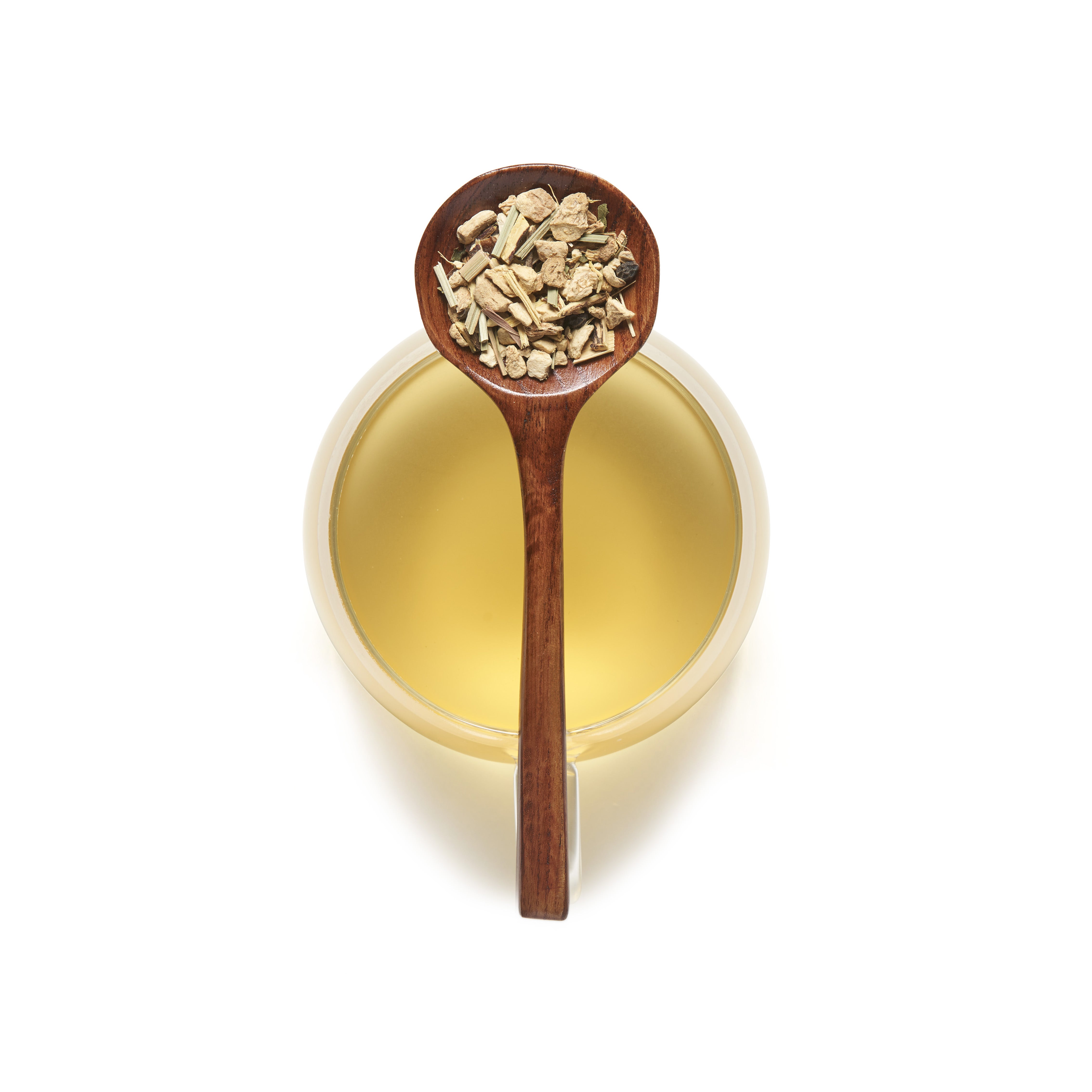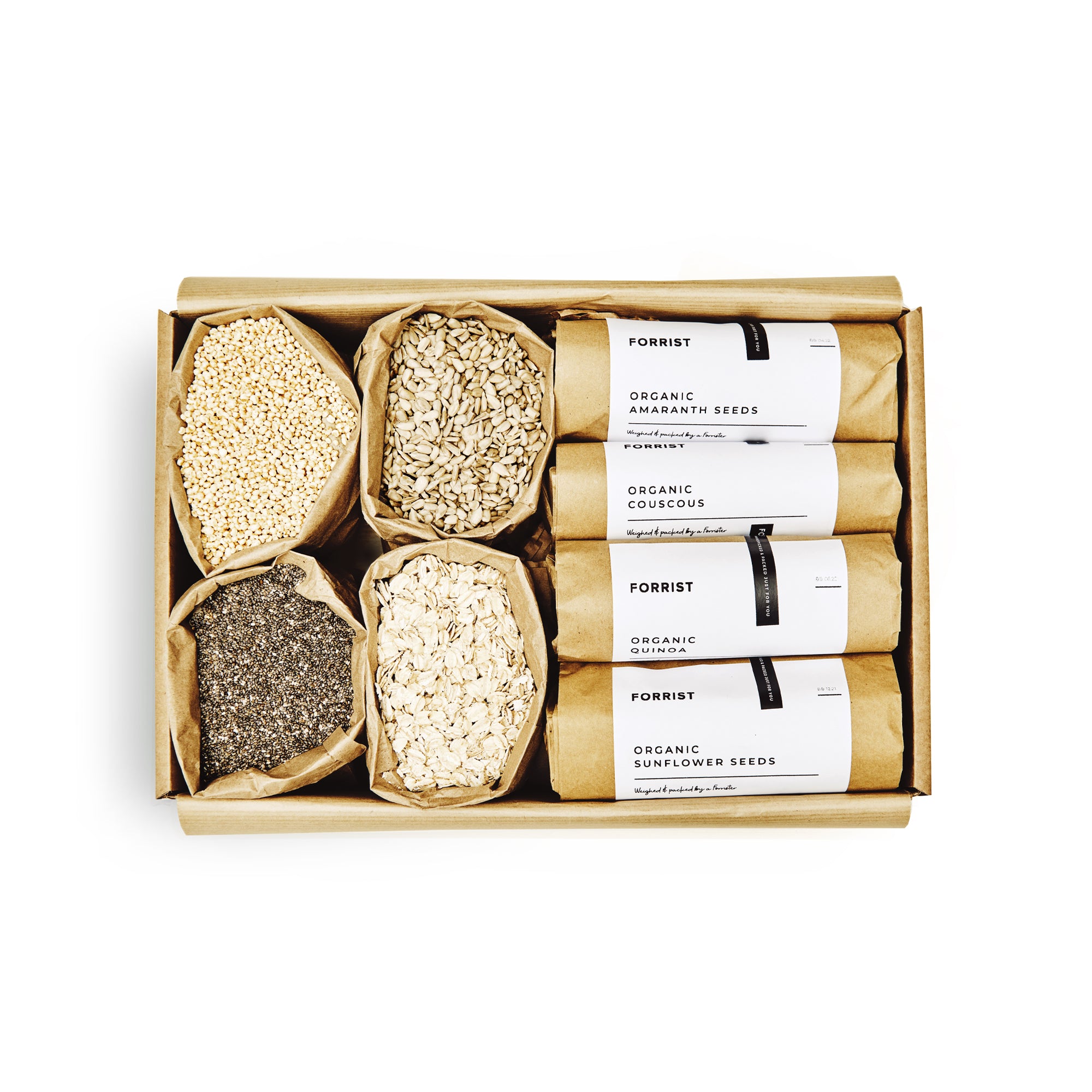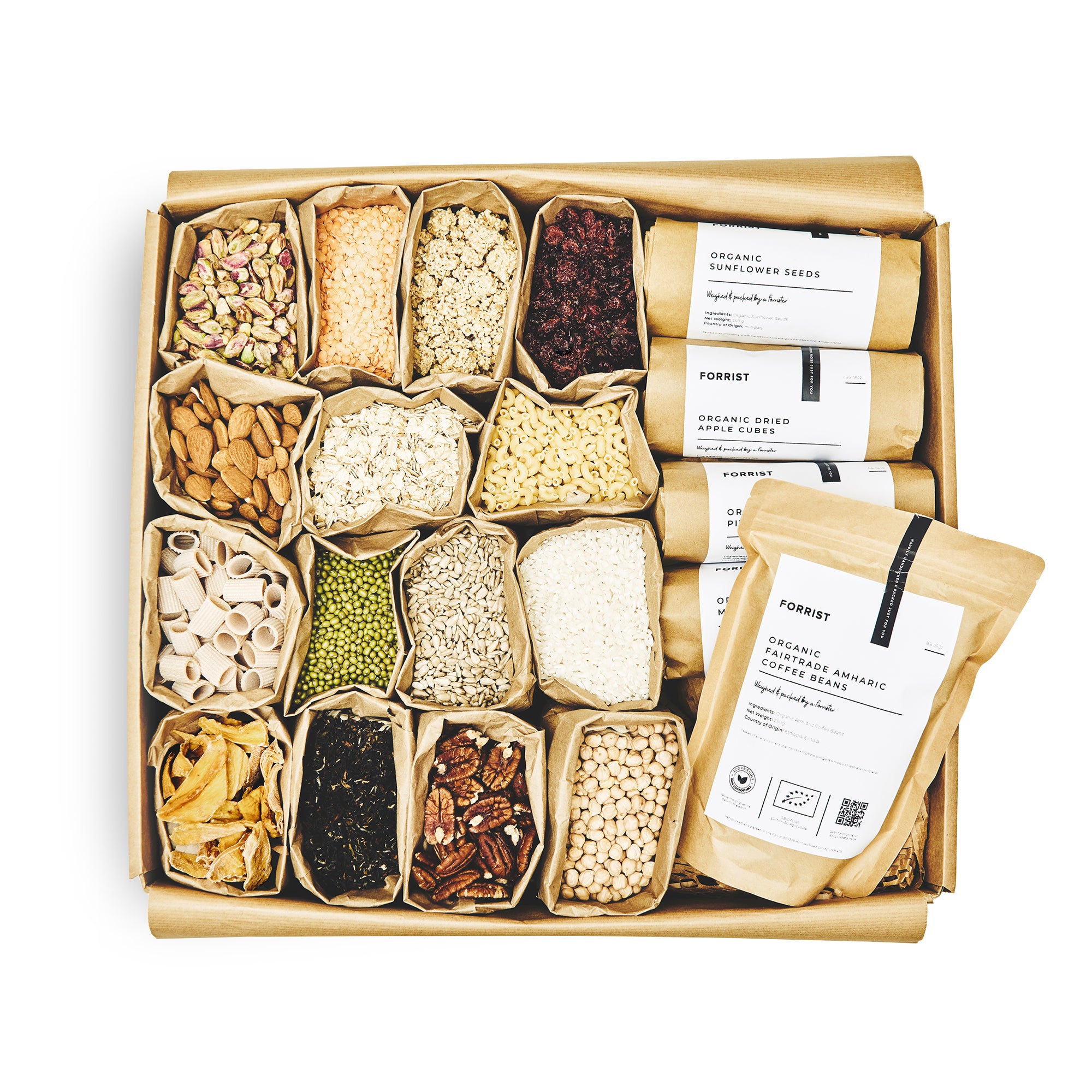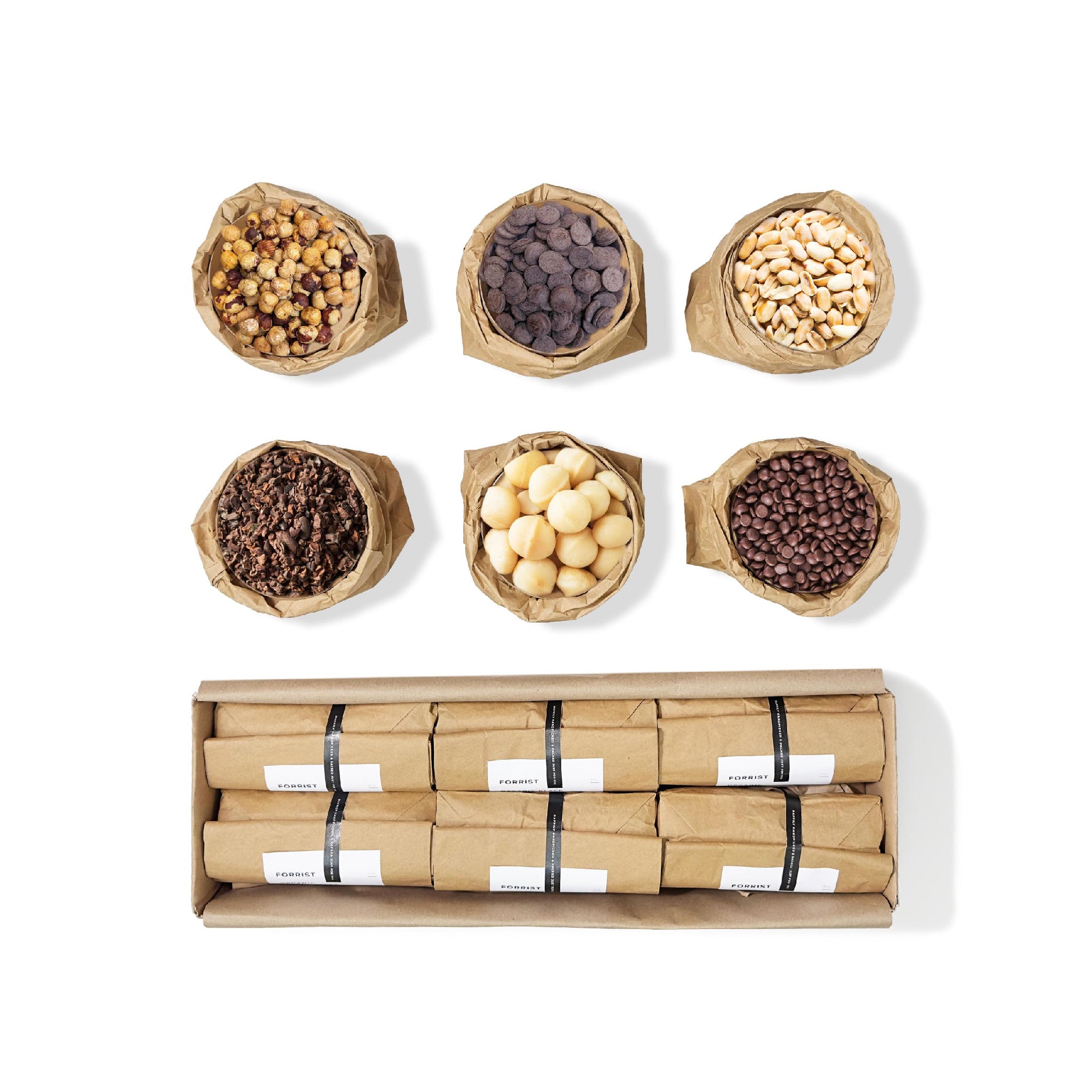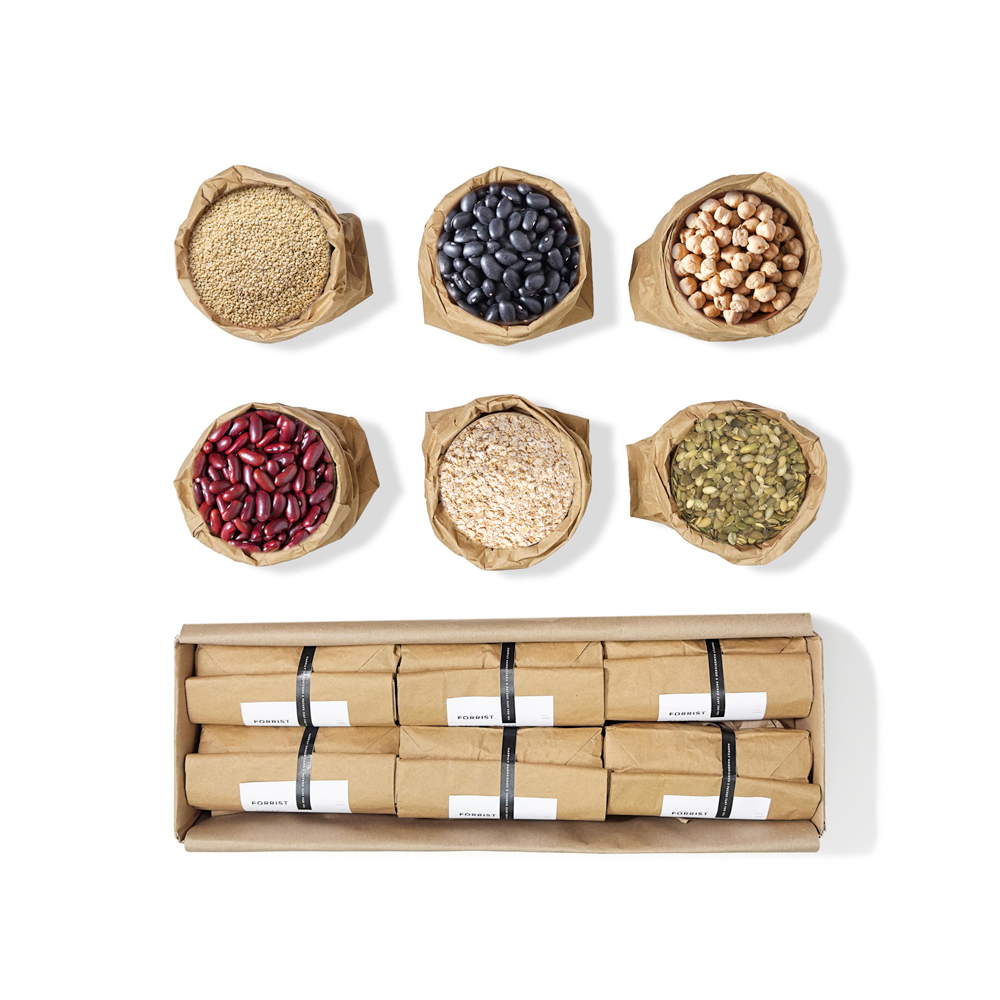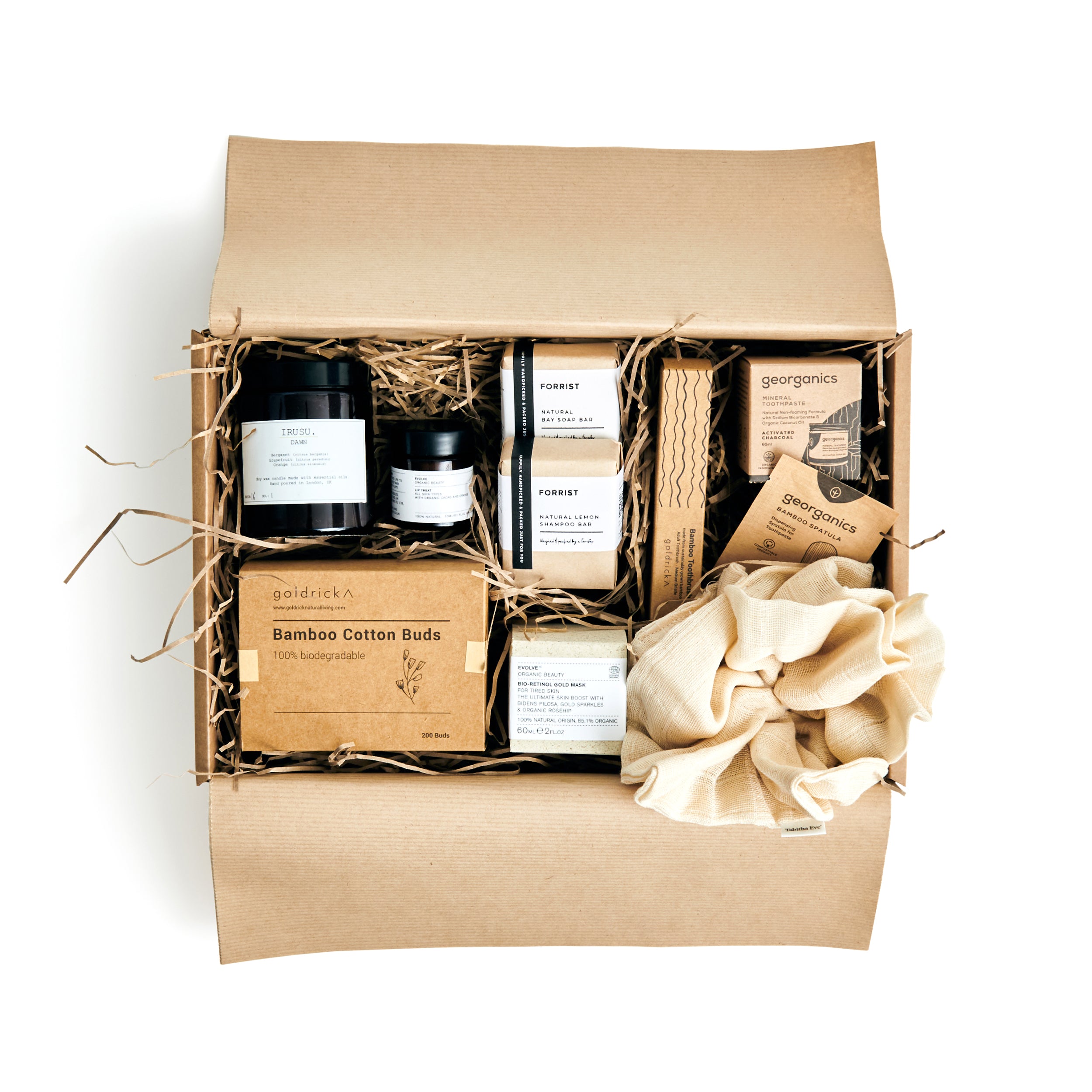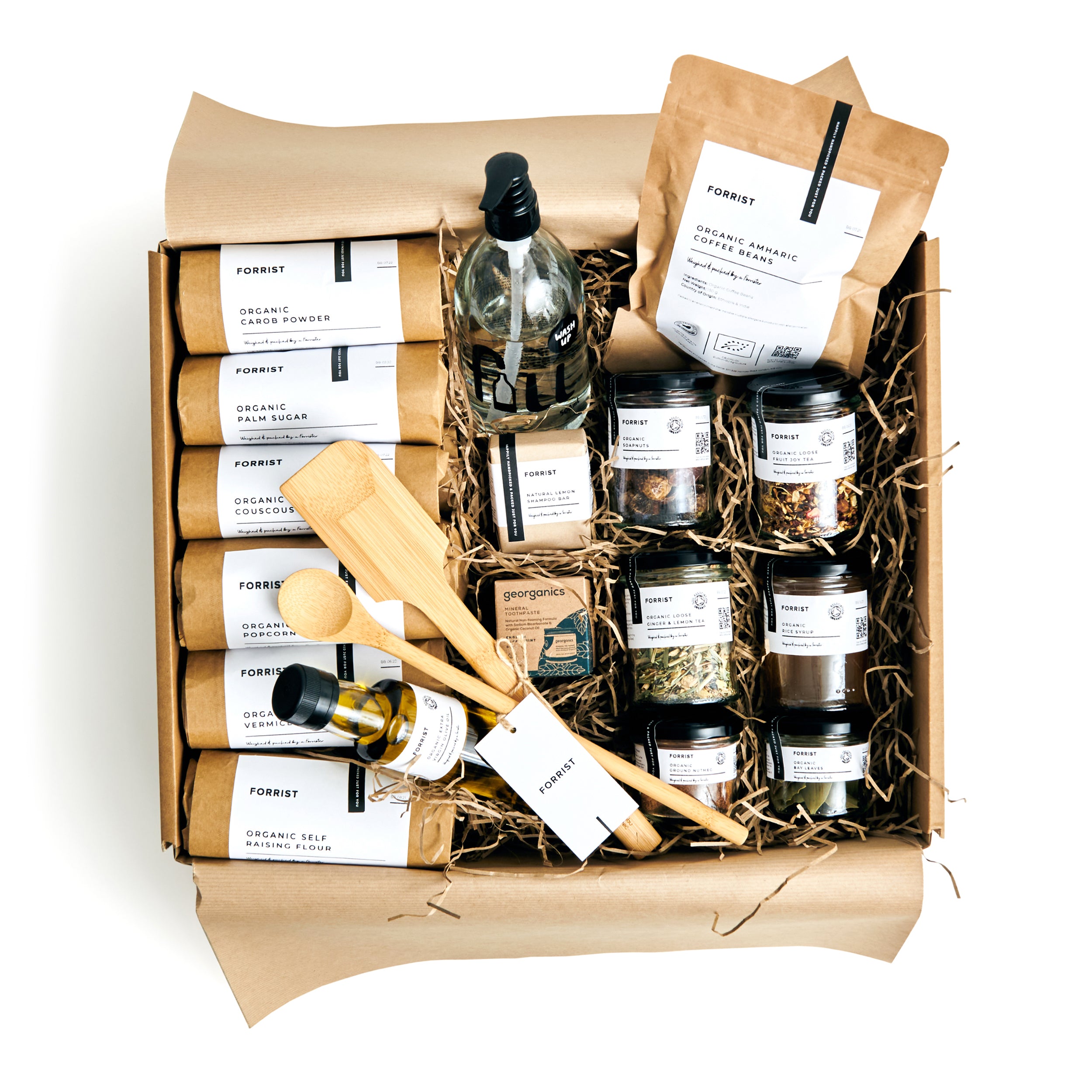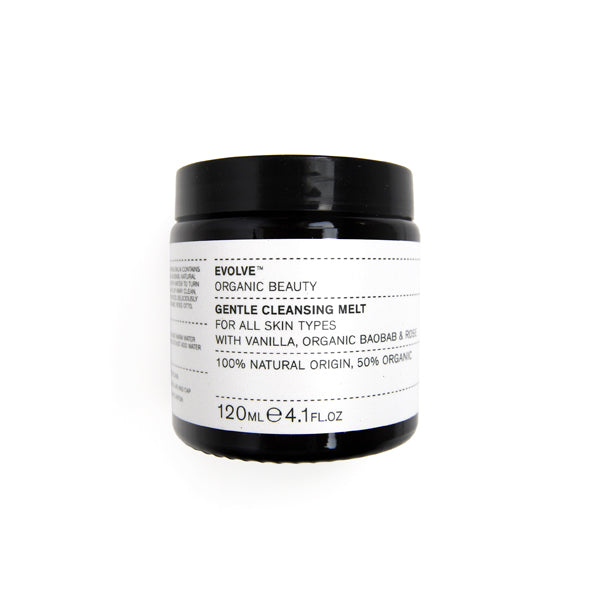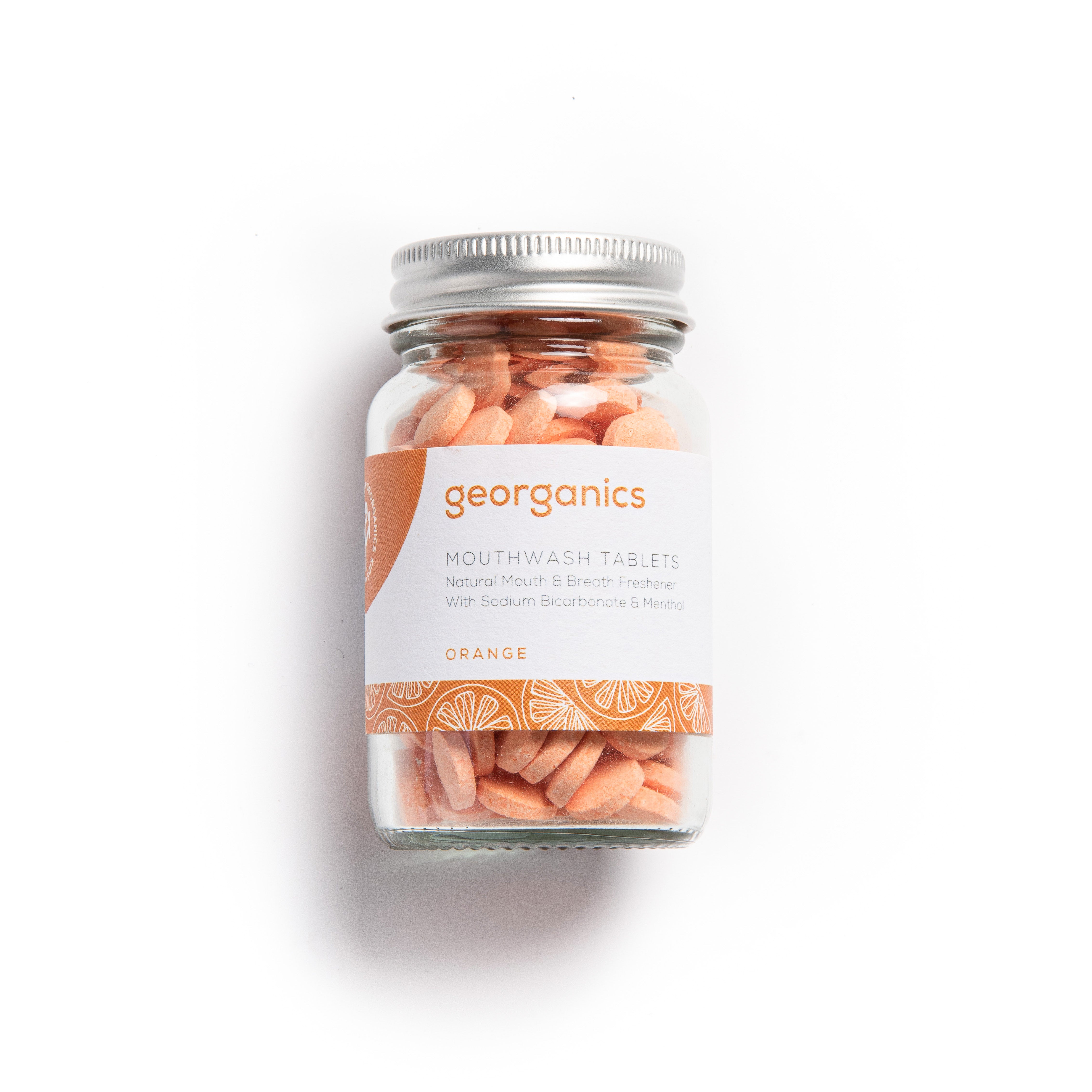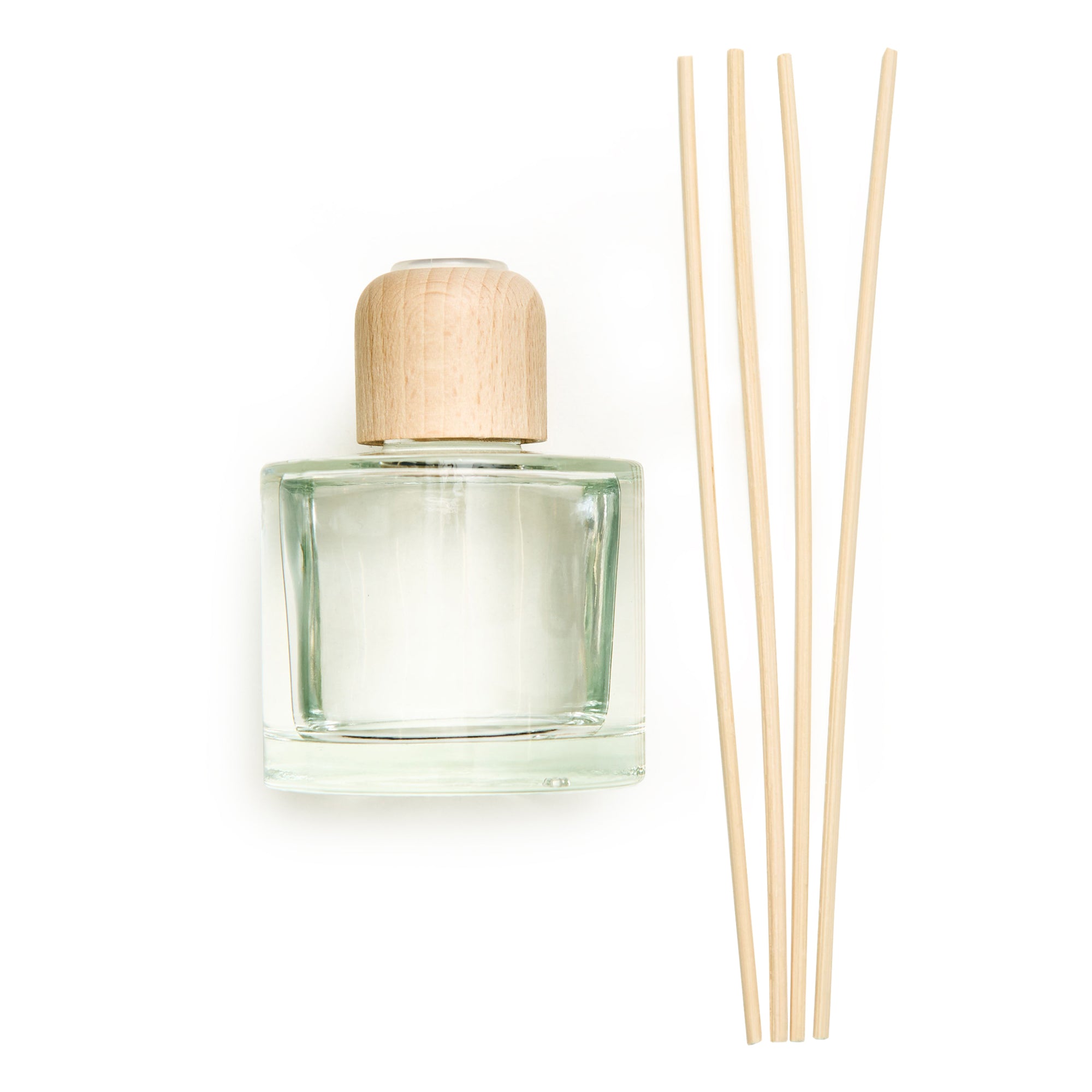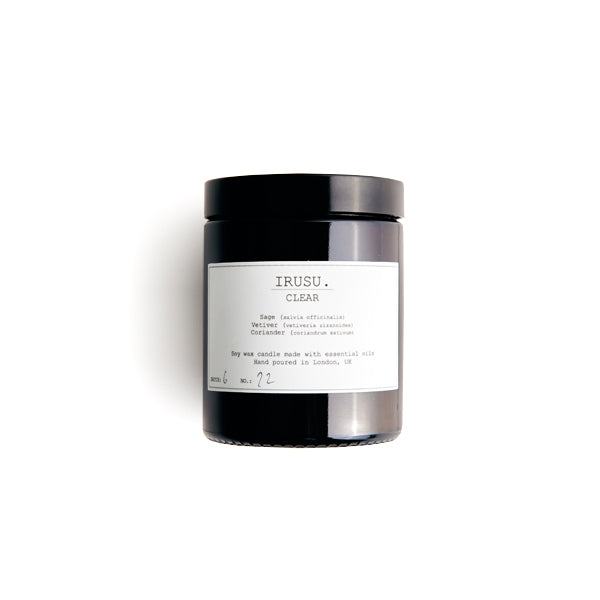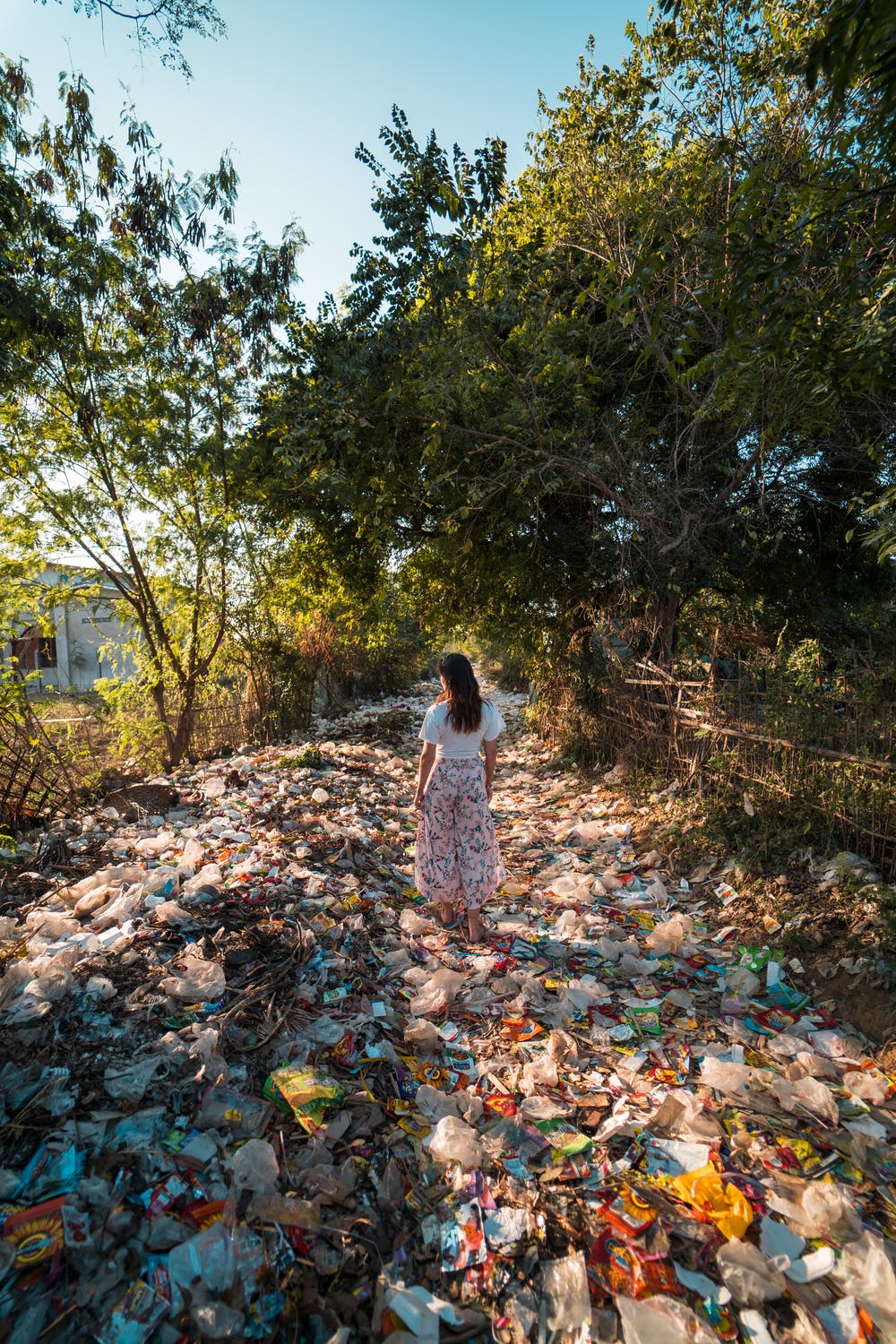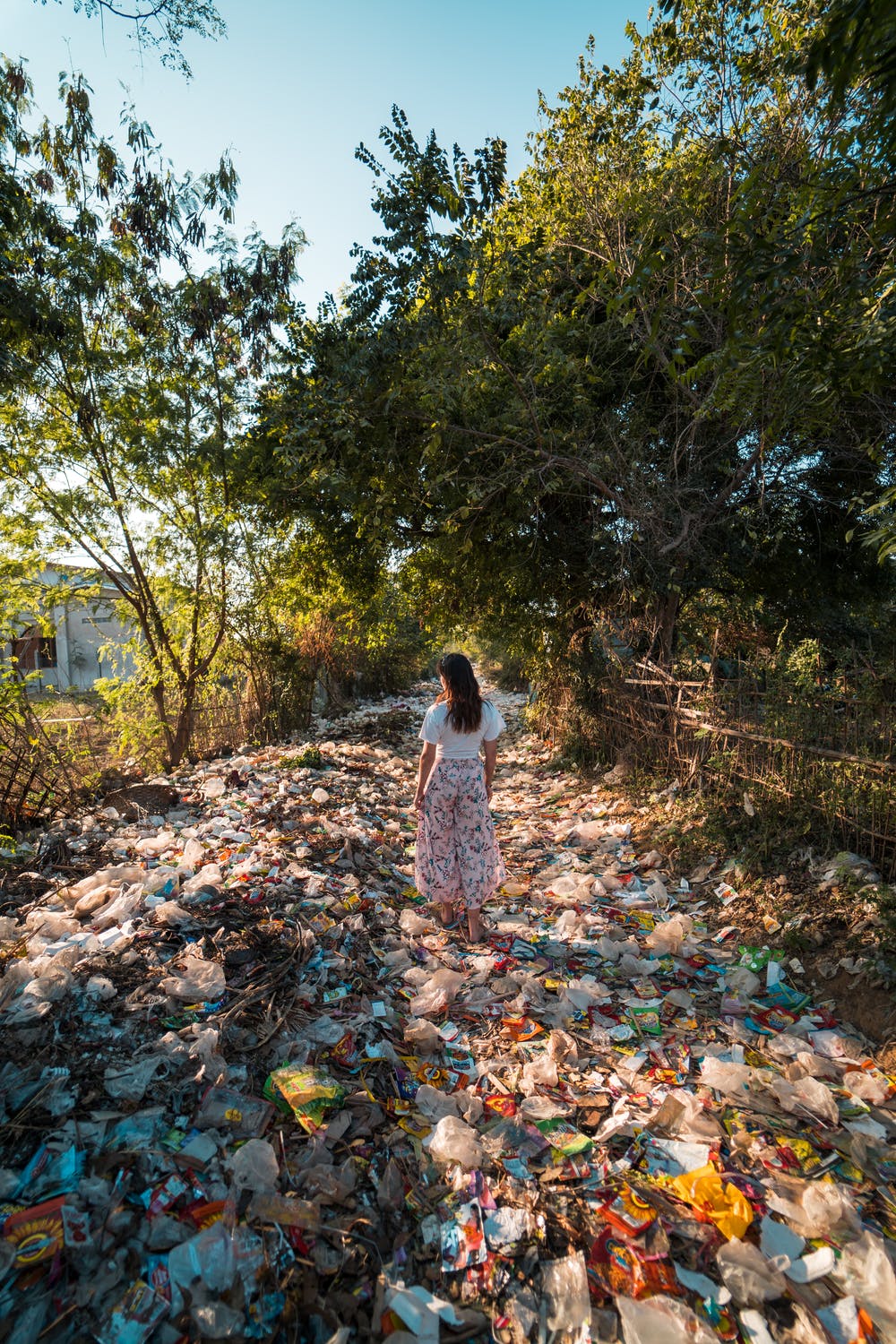
The Plastic Issue
 Photo by Stijn Dijkstra from Pexels
Photo by Stijn Dijkstra from Pexels
Of all the issues currently threatening life in the oceans, plastic pollution is one of the most pervasive, visible and relentless. Over 8 million tons of plastic end up in our oceans each year, and make up 80% of all marine debris. With billions of plastic items made and only used briefly each day it's easy to see why we have a plastic problem in the first place. And with less than 10% of all plastic being recycled, this problem will continue to prevail as the majority goes to landfill where it will stay for hundreds and thousands of years.
But firstly let's go back to basics and start with what plastic is and where it came from.
The first synthetic polymer was invented in 1869 by John Wesley Hyatt, who was inspired by a New York firm’s offer of $10,000 (this would be worth a whopping $321,751 now) for anyone who could provide a substitute for ivory. Because of the growing popularity of billiards (a game involving balls and a cue stick - such as pool) there was a strain on the supply of natural ivory which was obtained through the slaughter of elephants. This discovery was the first time human manufacturing was not constrained by the limits of nature! It was thought that plastics could protect the natural world from the destructive forces of human needs (oh how wrong they were).
In 1907 the first fully synthetic plastic was made - meaning it contained no molecules found in nature. This breakthrough led to major chemical companies investing their research towards the development of new plastics. There was a surge in plastic production during World War II and after the war the surge continued to rise with plastics being widely popular by the late 1960s due to them being cheap, versatile and easy to manufacture into a variety of forms.
It was soon after this surge in the 60s that people started to notice the plastic problem and the public's perceptions were no longer positive towards plastic. Plastic debris could be seen in the ocean, the dangers of chemical pesticides were being raised and due to a major oil spill off the Californian coast more and more people were becoming concerned with pollution and environmental issues. Plastic became a word used to describe items that were flimsy, cheap, or fake and by the 80s the worry about increased waste was high, but it wasn’t until recently that we started to make a change.
Today the term plastic is used to describe synthetic materials belonging to the polymer family. Polymers are made up of short repeating chains of molecules (called monomers) and these make up the long chains that are characteristic of a polymer. Plastic monomers are built on hydrogen and carbon atoms (hydrocarbons), which are extracted from fossil fuels.

The 7 main types of plastics
1. Polyethylene Terephthalate (PET or PETE or Polyester)
Mainly used for food and drink packaging (such as clear bottles and food trays) due to its strong ability to prevent oxygen from getting in and spoiling the product inside. However, PET manufacturing involves the use of ‘antimony trioxide’ which is considered a carcinogen. The longer a liquid is left in a PET container the greater the potential for the release of the antimony. PET plastic is the most widely recycled.
2. High-Density Polyethylene (HDPE)
Stronger and thicker than PET and is commonly used for shampoo bottles, opaque milk bottles, juice containers and medicine bottles. It is considered a safer option for food and drinks use, however, some studies have shown that it can leach estrogen-mimicking additive chemicals that could disrupt a human's hormonal system when exposed to ultraviolet light. Recyclable across most of the UK.
3. Polyvinyl Chloride (PVC)
Typically used in toys, cling wrap, detergent bottles and medical tubing.
PVC is considered the most hazardous plastic in terms of toxicity. The use of it may leach a variety of toxic chemicals such as bisphenol A (BPA), phthalates, lead, mercury, and cadmium. Several of the chemicals mentioned may cause cancer or an allergic reaction in children and disrupt the human’s hormonal system. PVC is also rarely accepted by recycling programmes.
4. Low-Density Polyethylene (LDPE)
Mostly used for carrier bags, plastic wraps and coatings for paper milk cartons and hot & cold beverage cups. Some studies have shown that LDPE could cause unhealthy hormonal effects in humans but it is still considered as a safer plastic option for food and drink use. Relatively difficult to be recycled.
5. Polypropylene (PP)
Stiffer and more resistant to heat, PP is widely used for hot food containers and is also commonly used for butter and margarine tubs, some bottle caps, and glass and jar caps. It is also included in disposable diapers and sanitary pads. It is considered a safer plastic option for food and drink use although it could cause asthma and hormone disruptions in humans. It is not usually recyclable.
6. Polystyrene (PS)
This is the styrofoam we commonly use for food containers, disposable cups and bowls, packaging and also in bike helmets. When exposed with hot and oily food, PS could leach styrene that is considered as a brain and nervous system toxicant, it could also affect genes, lungs, liver and the immune system. It is not commonly recyclable.
7. Other
This includes all other plastics not listed above. Polycarbonate (PC) is the most common plastic in this category but it hasn’t been used as much in recent years due to it being associated with BPA. PC was typically used for baby bottles, water bottles, ketchup containers and dental sealants. Due to its toxicity, several countries have banned the use of PC for baby bottles and infant formula packaging.
The BPA that's contained inside PC has been linked to numerous health problems including decreased sperm production in males, chromosome damage in female ovaries, altered immune function, increased risk of breast and prostate cancer and infertility. These plastics have a very low recycling rate.

Why is plastic an issue?
Plastic became widely popular due to its sturdiness and longevity but these are the same reasons why it became an issue. Plastic bags can take 20 years to break down, plastic straws can take 200 years and it can take a plastic water bottle up to 450 years to break down. These items are all things that people often use as single-use items meaning they use them once and then throw them away. This becomes problematic because these items that may not even be used for an hour will then last many, many years in landfill. However, a lot of our waste doesn’t end up in landfill and instead ends up in our waterways or on land where it shouldn’t be. As the plastics begin to break down they release toxic chemicals that can be harmful to the environment and wildlife
These plastics don’t actually biodegrade, instead they break down into smaller particles called microplastics. Animals living in our rivers and oceans often mistake these microplastics for food. Once ingested, they can make animals feel like they are full up and so they do not eat, leading to starvation. Ingestion of microplastics can also cause gut blockages, physical injury and reduced energy levels, which impacts growth and reproduction. The particles can also act as carriers by absorbing and concentrating chemicals present in the environment which can be toxic. This means that on top of the physical harm that microplastics cause, harmful chemicals can be carried and released inside the body.
But not only are microplastics a threat to animals and the environment they also impact us. Particles have been found in seafood sold for human consumption, such as mussels, oysters and sea salt and these particles then end up in our digestive system. Studies suggest that these particles are expected to pass straight through the gut and not cause adverse health problems to us humans, but nevertheless, this is a gruesome thought and is still a cause for concern.
Even before these plastics break down into smaller particles they’re still a problem. Plastic bags, plastic straws and fishing line (which is often made out of plastic) is commonly found on our beaches and in our oceans. These objects pose a major threat to wildlife especially from entanglement and over 100,000 marine mammals die every year from entanglement in marine debris. Seabirds are also at risk as they may see fish caught on the fishing line and dive down but end up getting caught themselves and then drown. Aquatic animals often mistake plastic for food too, a well-known example are turtles who often mistake plastic bags for jellyfish. This can lead to altered feeding habits, choking and even death. For animals that are already endangered this is a huge problem as over 1 million animals are killed each year just from plastic pollution alone, posing a risk to their populations and pushing them to near extinction.
But beyond the damage caused by the object itself, many plastics contain toxic chemicals which are used to make them softer, harder, or more fire-resistant. When these objects end up in our waterways and begin to break down they release these toxic chemicals which can then concentrate in fish and marine mammals that consume this plastic. These plastics may contain chemical additives and contaminants, including some known endocrine disruptors (chemicals that may interfere or disrupt the body's hormones) that can be harmful even at very low concentrations. Posing potential risks to marine ecosystems and biodiversity. In fish, endocrine disruptors have the potential to result in decreased fertility and egg production in females and so in the long-term may result in decreased fish stock and so leading to reduced food availability, posing a threat to millions of peoples livelihood who depend on fish as their source of protein or income.
Plastic and Climate Change
Not only is plastic physically harmful to the environment but the production of plastic also has negative impacts as it is intrinsically linked to climate change. This is because plastic is one of the most greenhouse gas intensive industries in the manufacturing sector - and the fastest growing. In 2019 alone, the production of plastics added more than 850 million metric tonnes of greenhouse gases to the atmosphere - the equivalent of 189 coal-fired power stations!
Nearly all plastic in use today comes from hydrocarbons derived from crude oil, natural gas and coal - which are fossil fuels! Not only are fossil fuels a limited resource, they also produce large quantities of carbon dioxide (a greenhouse gas) when burned. Greenhouse gases are emitted at every stage of the plastics lifecycle, from its extraction and transport, refining and manufacturing, through to waste management. Even if renewable energy powered all plastic production, greenhouse gases would halve, but the energy-intensive processes needed to physically make the plastics would still be a significant source of emissions. Plus the massive growth that is expected in the plastic industry means that even if powered by renewables plastics would still spew out more carbon than they do now.
To make things even worse studies have found that when plastics break down in our oceans they release not only chemicals but also greenhouse gases. Polyethylene (the plastic your typical plastic bags are made from) emits both methane and ethylene which are both greenhouse gases. As it breaks down and gets smaller more gas is released posing further threat and contributing even more to climate change.

How you can make a change
So, not only do plastics pose a huge threat to our wildlife by releasing toxins into our waterways, polluting our oceans and land and causing direct harm to animals but they also impact us. It is vital that we act now to try and reverse the damage already done and prevent future harm from happening. It is a great idea to go plastic free but that is not always doable and so instead there needs to be a push to find sustainable alternatives to plastics or to make plastics that biodegrade and do not release any harmful toxins. Recent plastics are already becoming less harmful with most plastics now not containing BPA’s and many being widely recyclable. Some companies have even started making packaging out of starch instead so that it is fully compostable.
Here are some sustainable swaps and ideas to help reduce plastic pollution:
- Reuse your items wherever possible - that plastic bag you got from the supermarket, why throw it away - just bring it with you on your next shop and continue to use it - they’re a lot sturdier than you’d think!
- If you can no longer reuse your plastic item, make sure to recycle it properly so that it can be turned into another product instead of going straight to landfill.
- Carry your own reusable cutlery (bamboo is a good sustainable material) so that you can easily say no to disposable plastic cutlery that many shops try to give you with your takeaway.
- Use glass jars, pots and bottles, as glass can be reused endlessly without any loss in quality and does not leach any toxic chemicals.
- Use beeswax food wraps or silicone pouches as alternatives to wrapping your lunch in clingfilm.
It is important to note that plastics aren’t all bad as they have helped us to develop medicines, technology and more, and so have a valuable place in our lives. It is the way in which we use plastics which has become the issue and there needs to be a focus on ending our consumerist lifestyle which is highly wasteful and results in us relying on these single-use plastics. If we were to make plastics less toxic and less harmful for both ourselves and wildlife and ensure they’re more sustainable, then an item that lasts for 600 years could be an amazing tool as it means it could be reused for a very long time without the need to change it. This will mean less pollution from the release of greenhouse gases due to the decreased demand to make new plastic products, and will also result in less waste as people are keeping their products for a lot longer. So, if we work to get rid of single-use plastics and find more sustainable alternatives then we may just be able to save our planet and preserve it for many more years to come.



